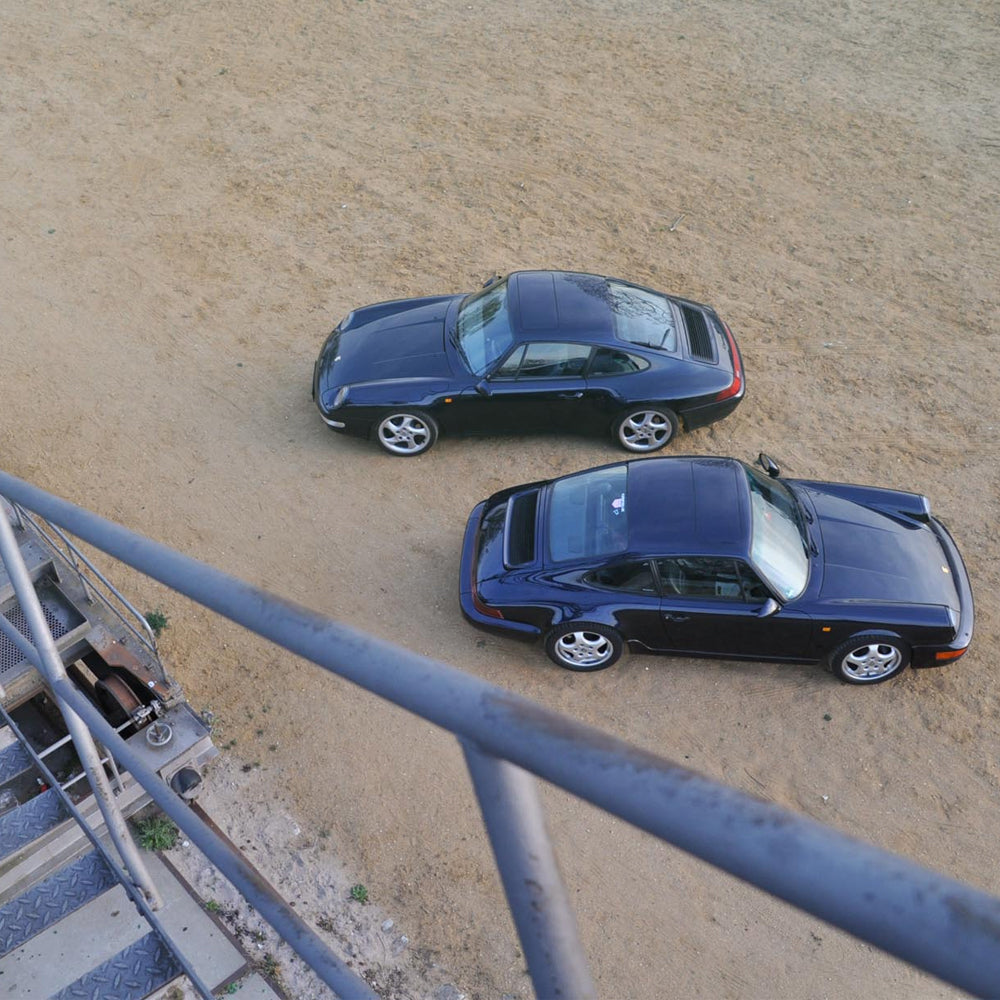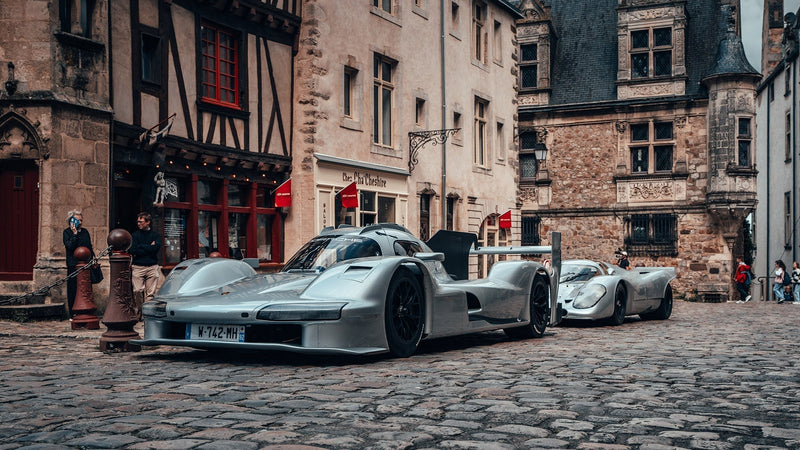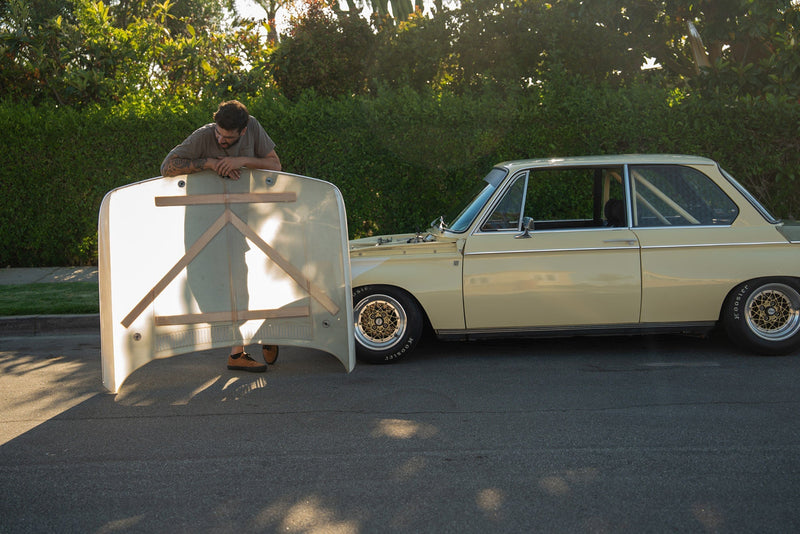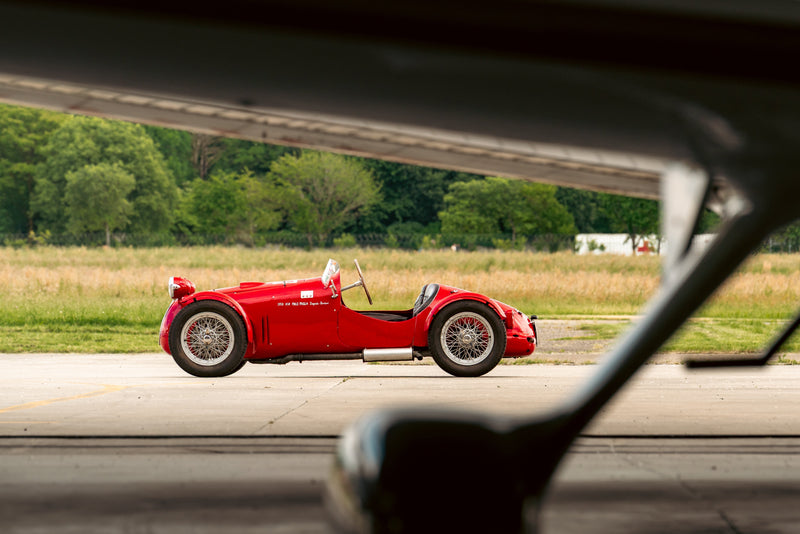It's been well documented that in the 1980s Porsche was in a deep crisis, the G-model was approaching its limits and customers wanted a more comfortable ride. But besides launching a replacement for the famous 911, the 928, Porsche also developed a new 911 at the urging of then-CEO Peter Schutz. And thus, in March 1984 the new project "964" was launched. It was presented in 1988 and initially only available in all-wheel-drive, which used a simplified 959 driveline. The central differential distributed, in typical 911 fashion, thirty-one percent of the torque to the front and sixty-nine percent to the rear.
Beginning in the 1990 model year there was also a rear-wheel drive version for purists. And while both the AWD and RWD versions displace 3.6L and produce 246HP, they say that the more powerful engines were installed in the Carrera 4 to compensate for the weight differential of 100kg. Compared to the previous model eighty-five percent of the parts were new. Significant parts of the body were redesigned and below the skin almost everything was redeveloped. The 964 has an advanced lightweight metal chassis and for the first time ABS brakes and power steering were available. Additionally, the car was equipped with an electrically-actuated spoiler (at 80 km/h), which improved the handling characteristics, but did not affect the design (obviously, below 80 km/h).



The bumpers were rounder and the underbody was fully covered which helped achieve a drag coefficient of 0.32 and performance on par with the 930 Turbo. Available body styles were the coupe, convertible and targa (the last one with the bow, which has just now been reintroduced as a stylistic feature). In 1991, a Turbo was added and in '93 the Speedster variant was introduced. In total, over 62,000 units were built, of which 13,353 as C4 Coupe.
The "993" was the last air-cooled 911 and was debuted at the Frankfurt Motorshow in 1993 with 272 hp, (later 286 hp on the market). The development costs were in excess of 400 million German Marks and the car had to be a success, because the 928 was not selling well and the Boxster was not yet on the market. Design director Mr. Harm Lagaay and Mr. Tony Hatter, designer of the 993, found inspiration in the "Urelfer"-shape (first generation) with its integrated body and deleted bumpers. The 993 headlights are flat and more cohesive to the overall form. The doors, roof, and windows of the 964 have been retained, but the fenders and bumpers were restyled. The car is only eight cm wider than the previous generation but looks much beefier. Underneath the sheetmetal there was a new multi-link rear axle and also a six-speed transmission. Later, the Carrera RS followed with 300 hp, a turbo version with 408 hp, and from 1995, a Carrera 4S and a top-of-the-range the 424hp-strong GT2. Porsche landed back in the green, but an era came ended. On March 31, 1998 the last air-cooled Porsche rolled off the line.
The Porsche 964 and 993 are the two final generations of the air-cooled 911 and that alone makes them something special. But they both had a role in saving Porsche and retaining the essence of what makes Porsche special. Both examples here are Midnight Blue (Mittersnacht Blau) and the 964 is one of the last 964 Carrera 4s built in 1993.





























































